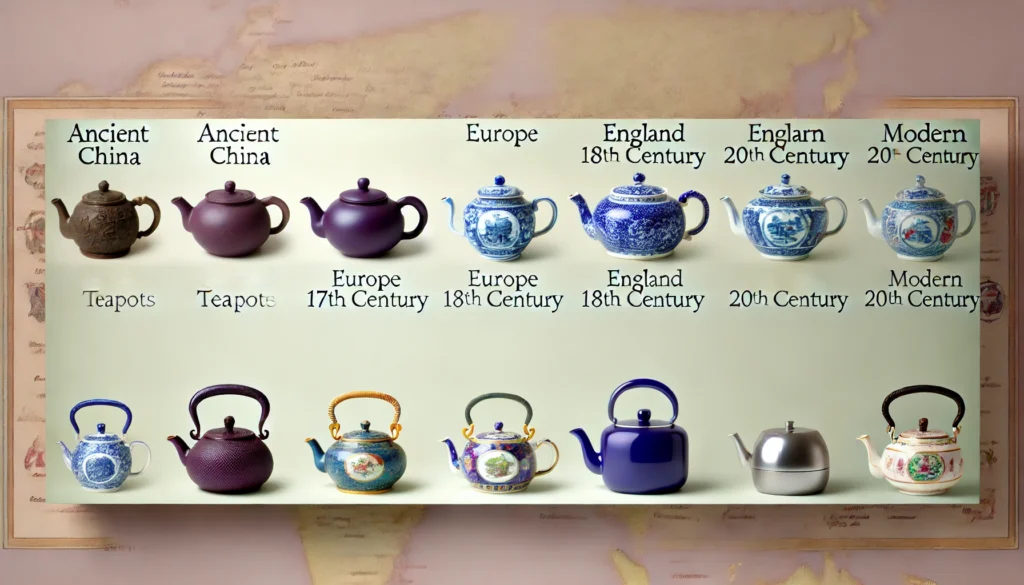Halloween is one of the most popular holidays in the world, especially in the United States. However, its origins go back to much older traditions. From Celtic rituals to Christian influences and the impact of American culture, Halloween has traveled a long road to become what we know today.
🍂 Celtic Origins: The Festival of Samhain
Over 2,000 years ago, the Celts in Ireland, Scotland, and parts of Europe celebrated Samhain, the end of the harvest and the beginning of winter on October 31.
They believed that on this night, the worlds of the living and the dead connected. Therefore, people lit bonfires and wore disguises made from animal skins to confuse or ward off spirits.
✝️ Christian Influence: From Samhain to All Hallows’ Eve
With the spread of Christianity, the Church replaced pagan celebrations with religious festivals. As a result, November 1 became All Saints’ Day, and the night before was known as All Hallows’ Eve.
Over time, the term shortened and evolved into Halloween.
🏰 Medieval Traditions in Europe
During the Middle Ages, new customs developed. For example, people practiced “souling”, asking for small cakes called soul cakes in exchange for prayers for the dead. In addition, others took part in “guising,” dressing up and asking for food or coins.
These traditions gradually shaped the modern trick-or-treat.
🇺🇸 Halloween Arrives in the United States
In the 19th century, millions of Irish and Scottish immigrants arrived in the United States and carried their Halloween traditions with them. There, the holiday turned into a community event with games, parades, and family gatherings.
By the mid-20th century, candy companies promoted trick-or-treating, and children across the country adopted the practice enthusiastically.
🛒 The Commercial and Cultural Rise of Halloween
In the 20th century, Halloween evolved from a local tradition into a cultural and commercial phenomenon:
- Candy companies boosted trick-or-treating.
- Movies and TV, such as Halloween (1978), reinforced its spooky image.
- Costumes and decorations grew more elaborate every year.
Today, Americans spend billions of dollars on Halloween candy, costumes, decorations, and party supplies. Moreover, the holiday has become a major part of popular culture.
🌍 Halloween Around the World
Although Halloween is strongest in the United States, many other countries also celebrate it. For example, in Mexico it coincides with Día de los Muertos. In Spain and Latin America, Catholic traditions connect to November 1 and 2. Meanwhile, in Asia, parties and costumes inspired by the American version grow more popular every year.
🎃 Fun Facts About Halloween
- Pumpkins were not the first choice. In Ireland, people originally carved turnips to create Jack-o’-lanterns.
- Americans spend billions. Each year, candy sales exceed $3 billion in the U.S. alone.
- Costume trends change. Classic witches, vampires, and ghosts remain favorites, yet movie and TV characters dominate many years.
🕯️ Why Halloween Still Captivates Us
From a Celtic ritual marking the end of the harvest to one of the world’s biggest celebrations, Halloween has evolved for centuries. Today, it fascinates us because it blends tradition, culture, fun, and commerce in a way no other holiday does. It allows people to play with fear, creativity, and community all at once. That unique mix is why Halloween still captivates us year after year.
🎃 Get inspired with Halloween costume ideas for everyone:



